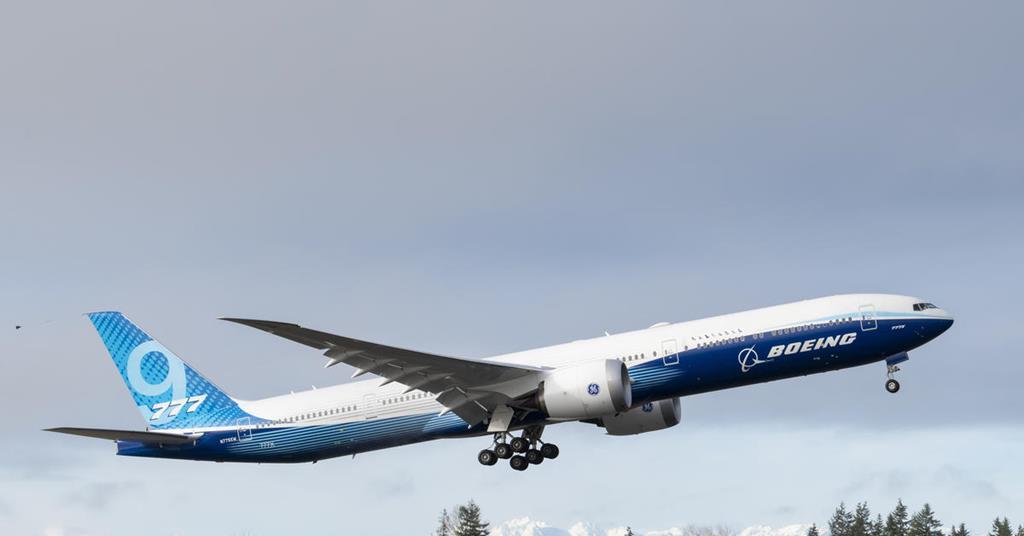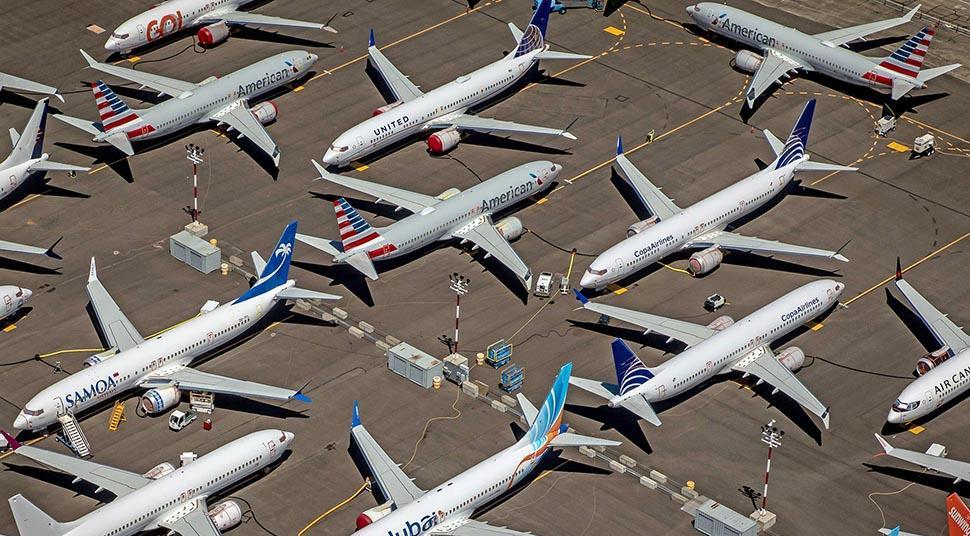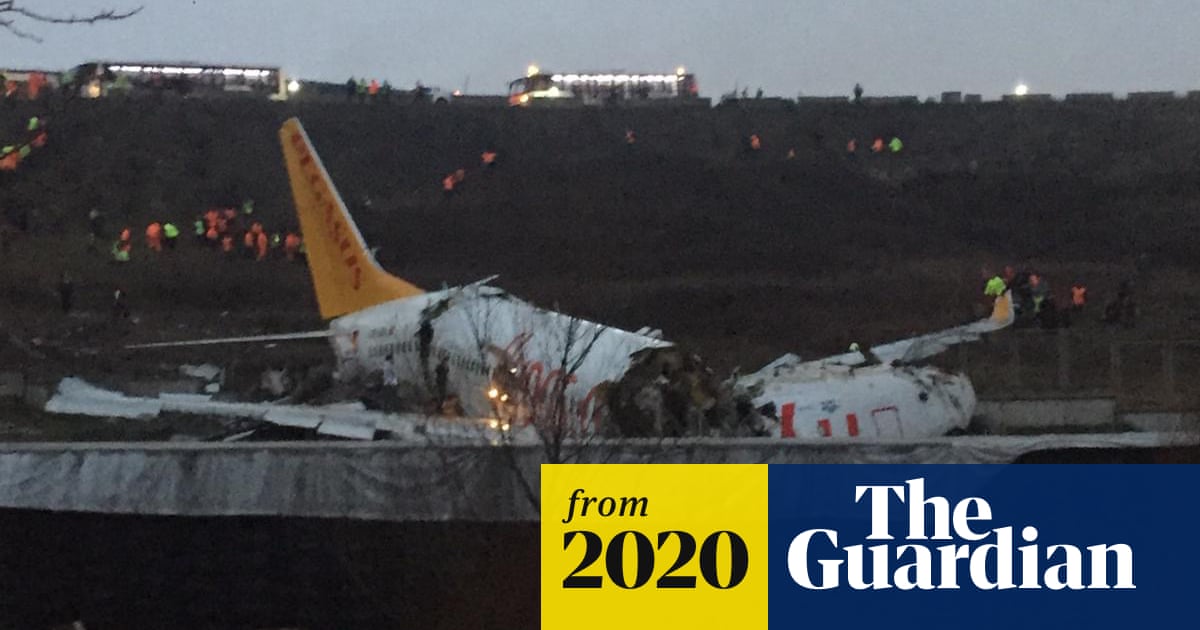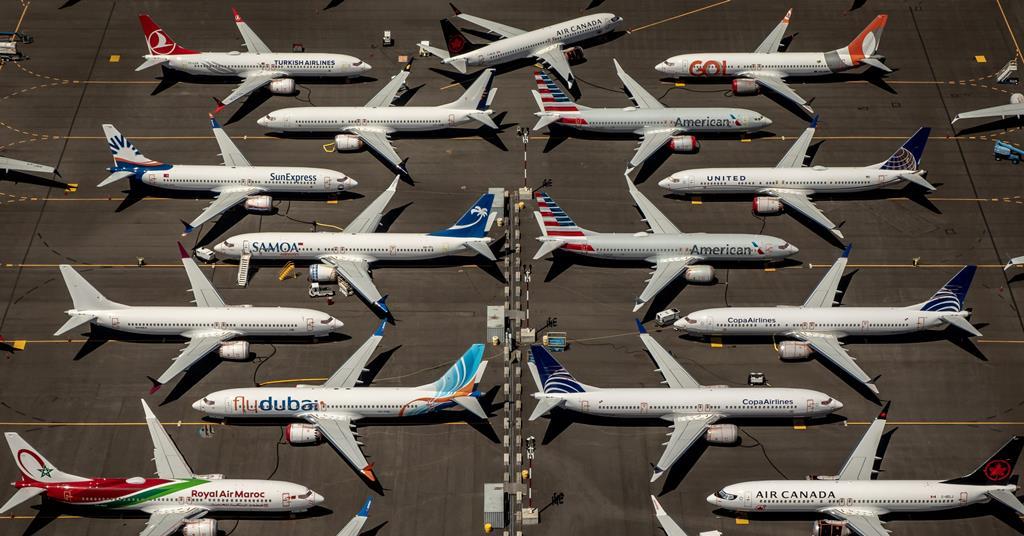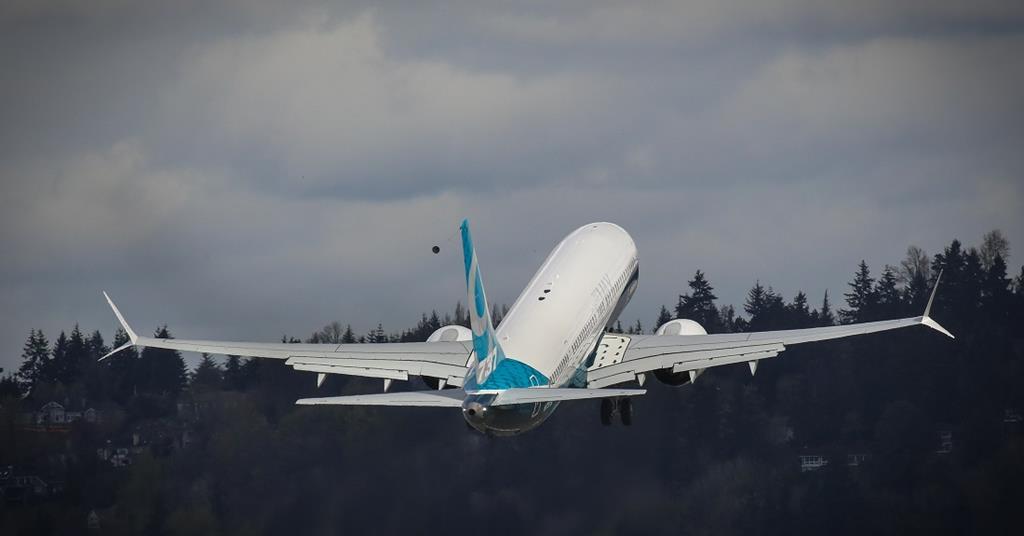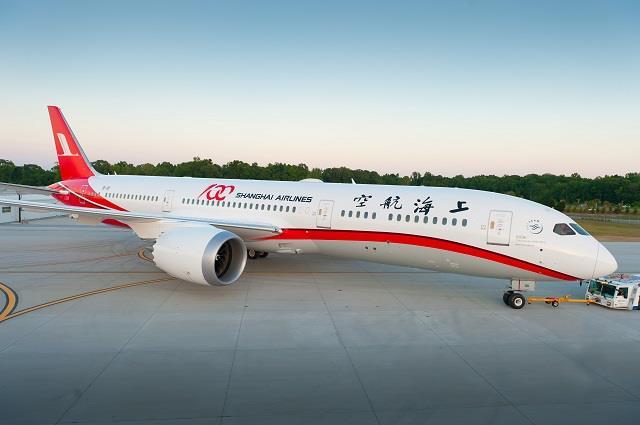Despite these difficulties, if you “look through the noise” the Max remains “a great aircraft”, argues O’Leary, noting that it provide the airline with 4% more seats than its Boeing 737NGs and a 16% fuel saving. Ryanair’s senior pilots have flown the Max in simulators, giving him full confidence in the equipment. “It handles brilliantly and customers are going to love it,” he asserts.
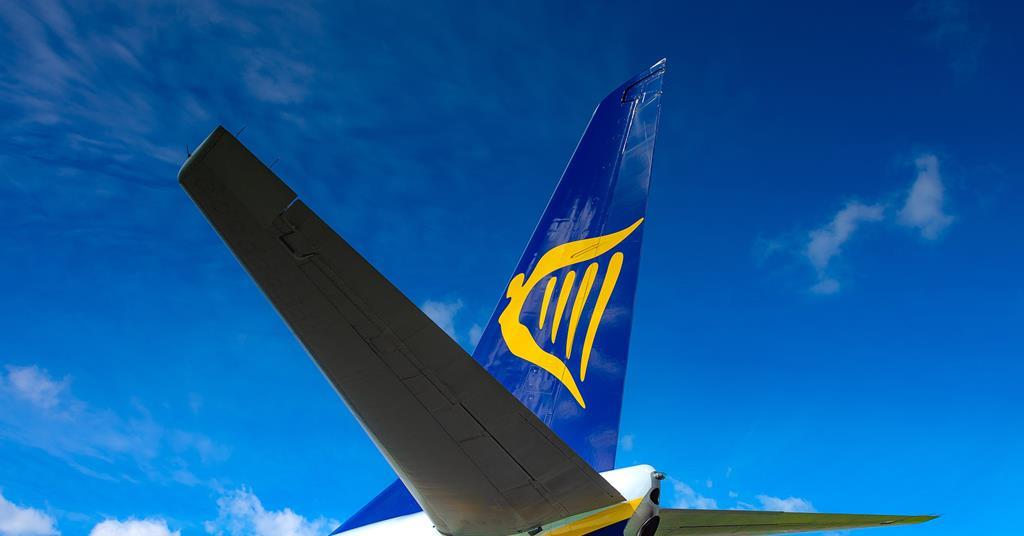
Ryanair doubles down on Boeing 737 Max
Ryanair plans to purchase further Boeing 737 Max aircraft once the aircraft returns to service, in addition to taking delivery of the 210 it has already has on order or under option.

